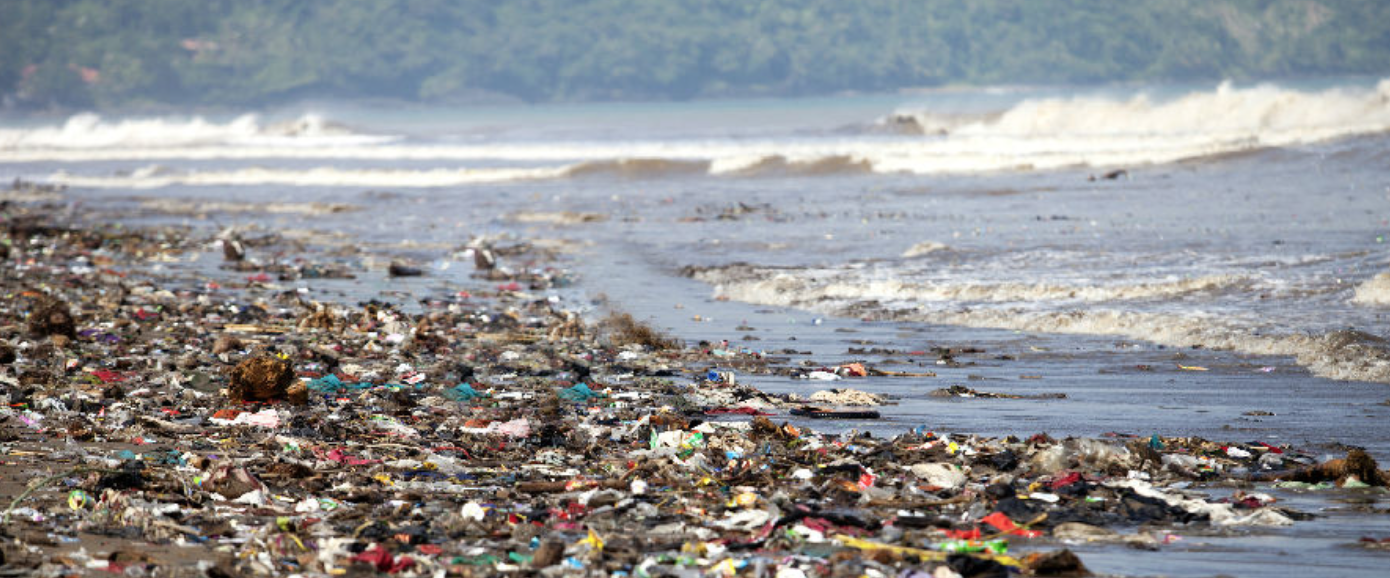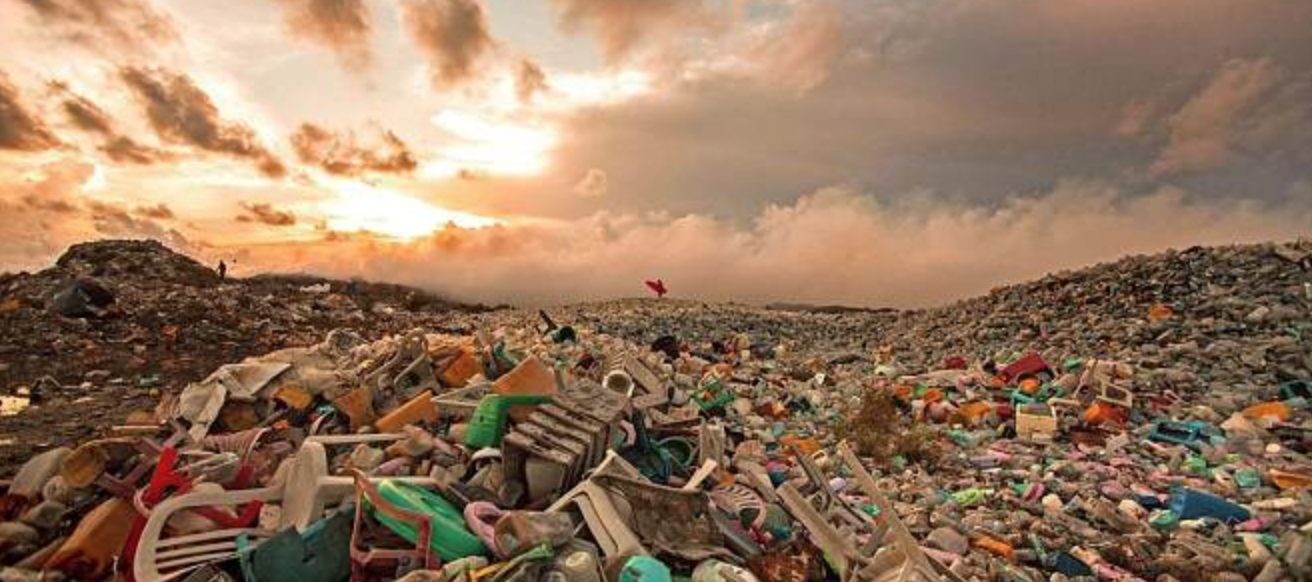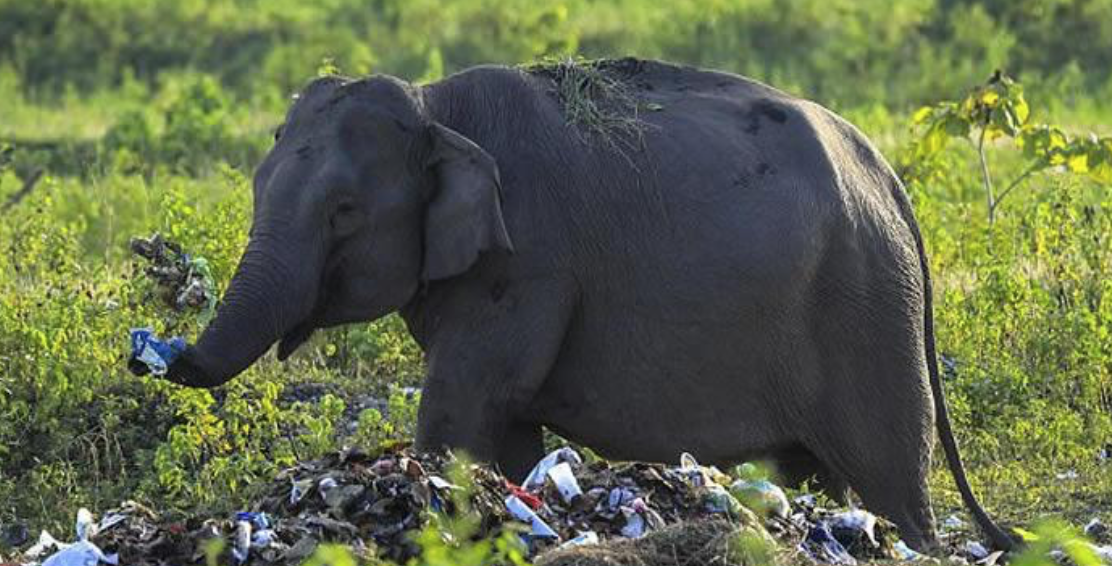The Impact Of Packaging Materials On The Environment
Packaging materials refer to substances or components enclosing, protecting, and presenting products during distribution, storage, and sales. The broad range of packaging materials available in the market encompasses various types, some biodegradable packaging materials while others are recyclable packaging materials, each specifically designed to cater to different products and their requirements and ensure the product's safety.
One widely used type of packaging material is cardboard. If you own an online or conventional retail store, you will already know that cardboard is the most essential packaging material available. It is a versatile material composed of compressed layers of paper, providing resilience and sturdiness. Cardboard is commonly employed for packaging items like cereal boxes, beverage cartons, and cosmetics due to its lightweight nature and ease of customization. Cardboard tube packaging often serves as retail boxes, displaying products attractively on shelves. It is also noteworthy that cardboard and paper are considered as eco friendly packaging materials and are also included in the recyclable packaging materials list.
When discussing packaging materials, it is impossible to ignore plastics. Plastic is a synthetic material that also happens to be non-biodegradable, and later in this blog, we will delve into the fact that plastic is not only non-biodegradable material but also one of the primary contributors to the global waste management issue. Plastic is commonly used to make bottles, food containers, and other packaging materials such as transparent jewelry and medicine boxes. Plastic packaging materials are extensively sought due to their high cost-effectiveness and versatility. Plastic has become famous for its incredible durability, flexibility, and resistance to moisture – all of which make it a top choice for packaging products like beverages and processed food. They can be molded into different shapes and sizes, offering numerous product customization options. Only a few kinds of plastics can be recycled however recycling plastic is a complex and risky task and not all kinds of plastics can be recycled. Hence plastic cannot be truly considered as recyclable packaging materials.
Aluminum packaging has been a top choice for businesses around the world when it comes to sustainable packaging materials. Aluminum is commonly used to store food, cosmetics and medicines due to its barrier and non-reactive properties and ability to preserve freshness and prevent spoilage. Aluminum's low melting point also favors the packaging industry as it can be easily molded into various shapes and cater to different kinds of products. When talking about recyclable packaging materials, aluminum tops the list as it is 100% recyclable.
Impact Of The Packaging Industry On Our Environment
The packaging materials industry plays a crucial role in shaping the carbon footprint of businesses and consumers. The primary contributors to the packaging industry’s carbon footprint are manufacturing and transporting packaging materials. The accelerated growth of the packaging industry has impacted the environment severely and negatively, therefore the consumers are demanding for biodegradable packaging materials and types of other recyclable packaging materials.
Carbon Footprint: The packaging industry's carbon footprint encompasses all greenhouse gas emissions generated during the entire lifespan of packaging materials. This includes extracting raw materials, manufacturing processes, transportation, and waste management. Energy consumption, mainly while manufacturing plastic materials, is the core contributor to greenhouse gas emissions within the packaging sector. Plastics are artificially made material mostly from crude oil; it has a higher carbon footprint as compared to renewable and alternate biodegradable packaging materials. Furthermore, the carbon footprint of the packaging industry is further increased with the use of fossil fuel-powered vehicles, such as freight vehicles and ships, for transporting raw packaging materials and finished products over long distances. Transport pollution exacerbates the already low air quality in densely populated areas, which results in respiratory issues and other health problems. Transportation pollution also plays a significant role in global climate change as it is one of the leading causes of the emission of greenhouse gasses, affecting weather patterns and ecosystems.
Harmful Chemical Release In The Environment: Packaging materials, for example, plastics, often contain harmful chemicals such as Bisphenol A (BPA). BPA is used in plastics to make them waterproof and enhance their toughness and flexibility. Leaching of these chemicals into the environment can gradually lead to potential health risks for both humans and wildlife. Soil and water sources may suffer from chemical leaching as well that occurs from packaging waste, ultimately impacting agricultural productivity and ecosystem health. The presence of harmful chemicals in packaging materials also complicates recycling processes and limits the recyclability of certain materials. It has also been reported that many factories in underdeveloped countries producing packaging materials dump their waste untreated in rivers and lakes, which makes the clean water undrinkable. Furthermore, the developing countries lack the infrastructure and funding to produce sufficient amounts of sustainable packaging materials such as biodegradable packaging materials and recyclable packaging materials.
The packaging materials industry's environmental impact is a significant concern that requires urgent attention and action. Companies should focus on using renewable, eco friendly packaging materials to address the carbon footprint, promote recycling, and adopt energy-efficient manufacturing practices.
Impact Of Packaging Materials On Our Environment
Packaging materials, as vital as they are for us, also negatively impact the world. This article will shed light on how such packaging materials can harm us. It will also help to highlight the importance of sustainable packaging materials and recyclable packaging materials. When it comes to harmful packaging materials that impact our environment the most, plastic is the main player.
Plastic, a versatile and widely used packaging material, has significantly impacted modern life. Its durability, flexibility, and low cost have made it a popular choice and has become one of the most used packaging materials. However, plastic also adversely affects human health and the environment. As stated earlier, one of the key components in plastic production is a chemical known as BPA. This chemical has been marked dangerous even if consumed in small amounts. BPA can leach into packaged food and cosmetic products under high pressure and temperature; from there, it can enter the human body. BPA has been linked with various health issues, which include cancer, heart problems and brain damage in children. Furthermore, the breakdown of plastic into microplastics also raises concerns as it can enter the human food chain via animal consumption.
Many of you would be shocked to know that plastics and their packaging materials are made up of fossil fuels and, most importantly, crude oil. In fact, over 99% of plastic is made from chemicals sourced from fossil fuels[1]. This means that the rapid growth of plastic packaging materials has also increased the pollution related to mining and transportation of fossil fuels. According to sources, the plastic industry accounts for about 6 percent of global oil consumption and is expected to reach 20 percent by 2050.[2]
Improper Disposals Of Packaging Materials
With the rapid growth of packaging materials and especially plastic and other non-biodegradable packaging materials, trash disposal has become a global challenge. Each day we produce millions of tons of trash; only 9 percent is recycled globally, and the rest is dumped in the natural environment[3]. Improper disposal practices can lead to pollution of oceans, rivers, landfills, and even forests, contributing to various environmental problems.
Effects On Oceans And Rivers: One of the major contributors to ocean and river pollution is single-use plastic packaging materials. As the name suggests, these materials are only used once and thrown away in the trash. Improperly disposed of single-use plastic packaging materials and other waste often enter oceans and rivers through littering or inadequate waste management systems. Plastic debris floating in the oceans can be hazardous to marine life. Sea animals can swallow or get entangled in such trash, which can harm them or even cause their death.
Furthermore, plastic packaging materials break into tiny particles called microplastics over time. Microplastics can be smaller than 5mm and are invisible to the naked eye. Microplastics are widespread in oceans and rivers and can be ingested by tiny aquatic organisms. These microplastics can then move up the food chain, potentially reaching humans who consume seafood. Another risk involved with trash being dumped in water is that packaging materials can leach harmful chemicals into water bodies, affecting water quality and posing risks to aquatic life and human health. Seeing these effects, mainly environmental activists have demanded and protested for biodegradable packaging materials.

Landfills: A notable portion of landfill space is taken up by packaging materials, especially those that are not sustainable packaging materials, like plastic. In response to the gradual filling of landfills, there is an escalating demand for unused ones, pushing the development of ecosystems into dumping grounds for waste. Another problem with landfill sites is that the organic matter and some biodegradable packaging materials undergo anaerobic decomposition, which produces a significant amount of methane gas, which, as discussed earlier, is a potent greenhouse gas contributing to climate change. Additionally, illegal and improper landfills formed in densely populated areas can pose a serious health risk to residents nearby. Leaching of harmful substances and pollutants into the soil and groundwater in these landfills can affect nearby communities and ecosystems.

Forest Littering: Packaging materials discarded in forests can harm local forest floors and trees. Wildlife may mistake littered plastic for food, leading to ingestion and potential injury or death. Packaging materials can also increase the risk of forest fires, as some are highly flammable. Forest littering also detracts from the natural beauty of the environment and disrupts the ecological balance, affecting the health and well-being of various organisms.

Various approaches must be adopted on emergency bases to address the environmental impact of packaging materials. One key strategy involves the shift towards eco friendly packaging materials such as recyclable packaging materials like aluminum and biodegradable packaging materials. It is also high time to shift toward sustainable packaging materials that have a significantly lower carbon footprint than conventional packaging materials. For instance, using plant-based bioplastics from renewable resources offers a promising alternative to traditional plastic packaging. Another approach involves reducing the amount of packaging materials used and increasing the efficiency of packaging designs to minimize waste. Reducing single-use packaging, improving recycling infrastructure, and raising awareness about the environmental impacts of improper disposal can also help to bring a massive positive impact. These are the necessary steps toward protecting our oceans, rivers, landfills, and forests for future generations.
